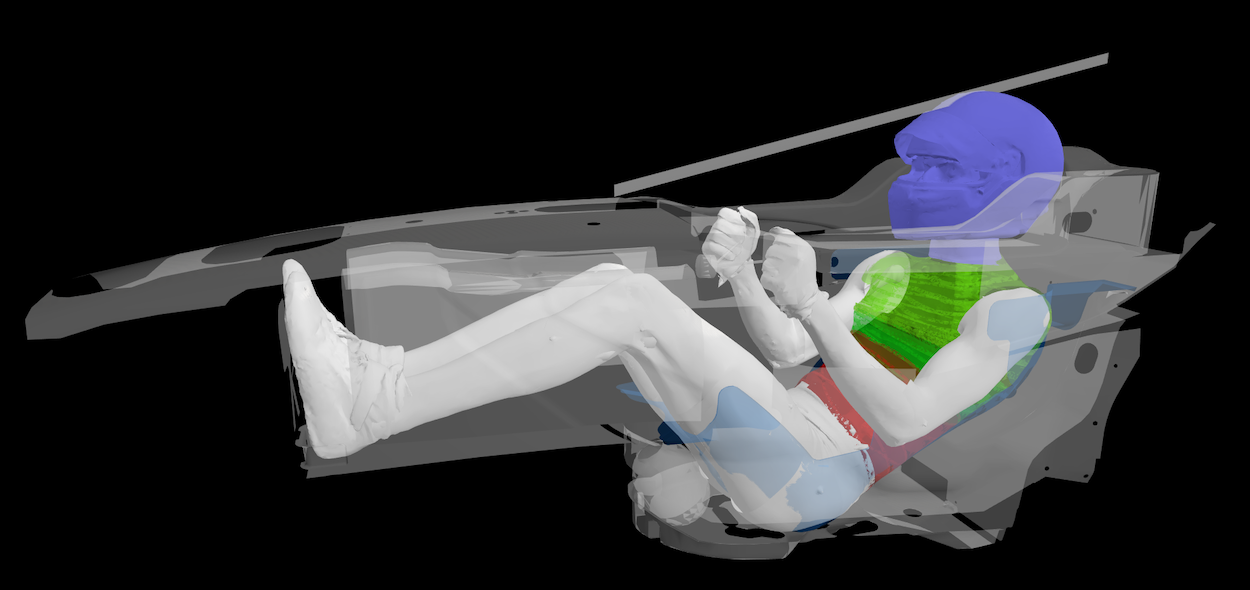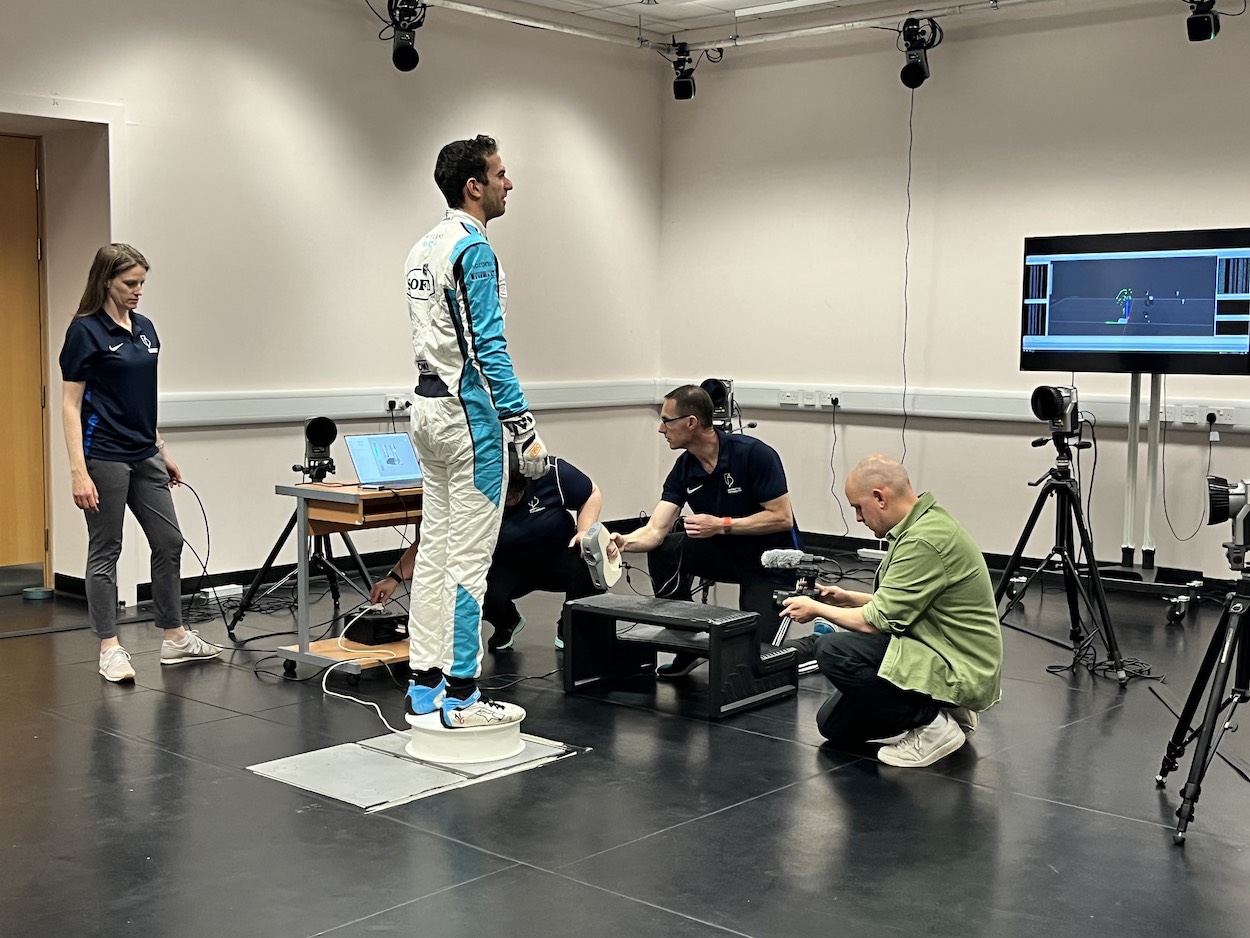Motorsports Racing News & Blog Articles
The ‘avatar’ of the F1 driver seat may improve performance and comfort
Williams Racing F1 Team has partnered with university experts to develop the first-known driver seat ‘avatar’ using pioneering biomechanics technology.
Click here to subscribe to our print edition!
A pilot project has successfully revolutionised how Formula 1 racing seats can be designed using biomechanics technology to improve a driver’s comfort and performance.
Williams Racing engineers have partnered with experts from the University of Portsmouth on a study to develop a more detailed understanding of how a driver physically fits in a car. The goal was to help race seat builders and improve fit ergonomics.
Currently, the most common industry approach for producing a custom race seat relies on a labour-intensive, highly subjective process that has yet to develop over the past two decades. It often means that the seat has to be adjusted more than once until the driver is happy because it is hard to see where they are sitting, and there isn’t much time.
Researchers from the University’s School of Sport, Health and Exercise Science have introduced scientific methods and created a digital ‘avatar’ of Williams driver Nicholas Latifi to simulate his seated position. They built a musculoskeletal model using 3D scanning in computer-aided design (CAD) software.

Dr Emma Neupert, Senior Lecturer in Physiology at the University of Portsmouth, said: “We began this project because we believed we could improve the current methods for a seat fitting, improve a driver’s comfort, and look at the health and safety side of things.
“We are happy with the results of the pilot, which have shown that a digital seat fit process can be done from start to finish using this new, innovative method.”
Latifi added: “For me, the fit and comfort in the driver’s seat are probably one of the most important things. If you’re moving around in the seat too much or you’re simply uncomfortable, it will affect how you drive and give feedback to the team.”
The digital driver fit allows the team to see the ‘real’ driver in CAD via a customised model. It has the potential to minimise the need for repeated seat fittings, lower the cost to the team, and reduce the forces on the musculoskeletal system of the driver.
Philippa Morris, Senior Design Engineer at Williams Racing, said: “If our driver isn’t comfortable in the cockpit, it can understandably impact their overall performance. Sometimes we will go through multiple race events before we have a seat they are happy with.
“That’s why we wanted to find a way to ensure the seat construction is as accurate and efficient as possible. By digitising the process, we have been able to make adjustments to the seat that are anatomically correct. While there are a few things to iron out, the initial data is promising.”

Dr Chris Mills, Senior Lecturer in Biomechanics at the University of Portsmouth, said: “This project can impact safety by allowing us to look at what the driver’s musculoskeletal system is doing. We can quantify the forces acting on the driver and within the driver’s spine and muscles. In the future, we hope to learn more about how the driver’s seat affects forces to reduce injury risk.”
Dr Neupert added: “In terms of where we’re going to go from here, there are still a few areas to refine, but given that Nicolas got in the car and said [he] feels that the seat is made for [him], that’s positive.”
About the University of Portsmouth
The University of Portsmouth’s School of Sport, Health and Exercise Science is one of the top UK institutions for sports science. It is internationally renowned for research in human performance, and health and the team at the University have been conducting research within this area for many years.
The University of Portsmouth is a modern, active school with a great reputation for teaching, research, and new ideas that are important on a global scale.
The University’s research and innovation culture is impacting lives today and in the future and addressing local, national and global challenges across science, technology, humanities, business and creative industries.
The post The ‘avatar’ of the F1 driver seat may improve performance and comfort appeared first on Paddock Magazine.
Copyright
© Paddock Magazine
